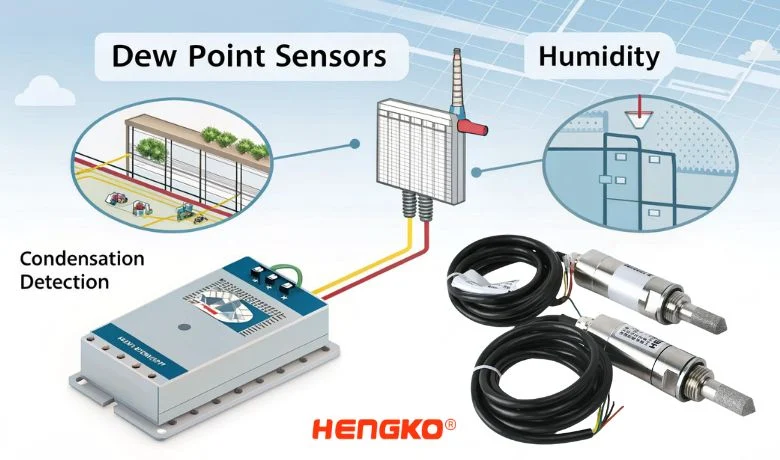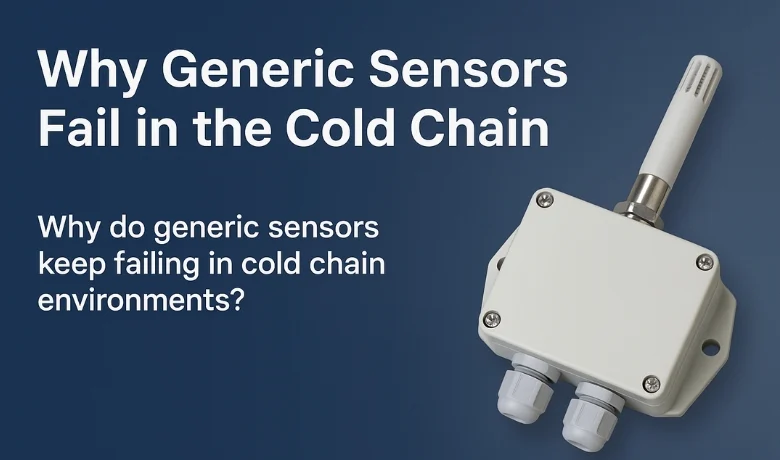The “normal” accuracy for humidity and temperature sensors can vary depending on the type of sensor and its intended application. However, I can provide some general guidelines:
습도 정확도:
- For general-purpose humidity sensors, the accuracy is typically within ±3% to ±5% relative humidity (RH).
- In more precise or industrial-grade sensors, the accuracy can be higher, often within ±2% RH.
- For high-end, laboratory-grade sensors, the accuracy might be within ±1% RH or even better.
온도 정확도:
- For basic temperature sensors, the accuracy might be within ±1°C to ±2°C.
- More advanced or industrial sensors often have an accuracy within ±0.5°C.
- Laboratory-grade sensors can offer even higher accuracy, typically within ±0.1°C or better.
It’s important to note that the accuracy can also depend on the range of measurement. For example, a sensor might have different accuracy at different points within its operational range. Additionally, factors like sensor calibration, environmental conditions, and sensor drift over time can also affect accuracy.
When selecting a sensor, it’s essential to consider the specific requirements of your application and choose a sensor whose accuracy aligns with those needs. For most household or office environments, general-purpose sensors are usually sufficient. In contrast, industrial, scientific, or critical applications might require high-precision sensors with more stringent accuracy specifications.























